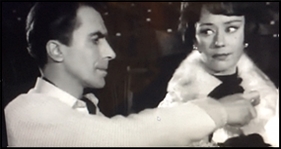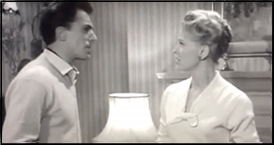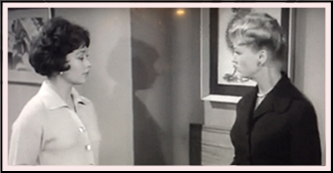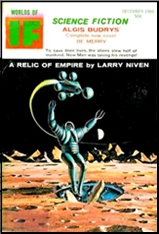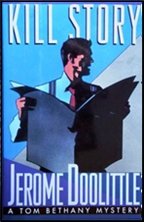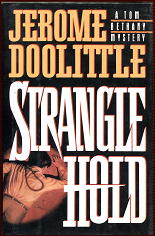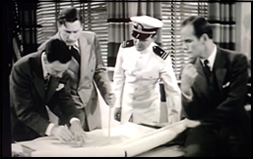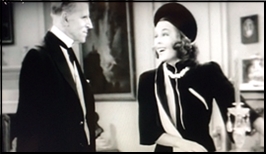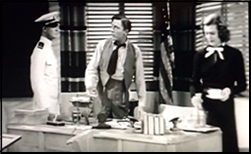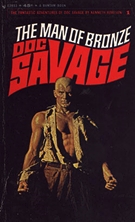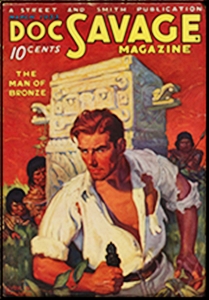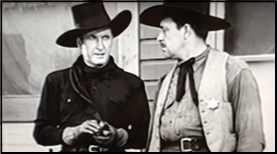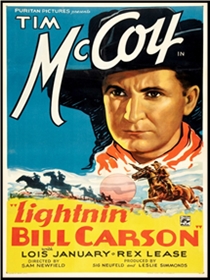REVIEWED BY WALKER MARTIN:
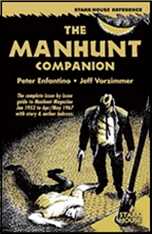
PETER ENFANTINO & JEFF VORZIMMER – The MANHUNT Companion. Stark House Press, softcover, March 2021.
During the early 1950’s there was a science fiction magazine boom which saw dozens of titles published, most of them to eventually die, only to be remembered by obsessive collectors. Yes, I am one of those bibliomaniacs who collect such magazines. We sometimes forget that there was also a crime fiction magazine boom which started with the publication of Manhunt in 1953. This magazine was such a best seller that dozens of imitators appeared during the 1950’s and 1960’s.
These magazines are rare and expensive nowadays but I have managed to track down most of the Manhunt imitators with titles such as Guilty, Trapped, Off Beat, Pursuit, Homicide, Justice, etc. It’s still possible to put together a set of Manhunt without robbing a bank because so many copies were printed and the magazine had the reputation of being the best of the hard boiled crime fiction magazines.

In fact, a decade ago, I wrote of my adventures collecting Manhunt and describing how I managed to find 39 of the 114 issues during one weekend at the Windy City Pulp convention. Here is the link to the article. Unlike the imitators, the prices were reasonable and I spent only $8 to $11 for each copy.
I have spent decades reading and collecting the magazine and have put together more than one complete set as I traded off sets due to temporary insanity. I have come a long way from my teenage years when I had to make a choice between buying SF magazines and buying crime fiction titles. My allowance only went so far back then. But now we live in a golden age with stimulus checks raining down on us. If you don’t want to spend your checks on food and paying bills, then you can buy books and back issues of magazines!
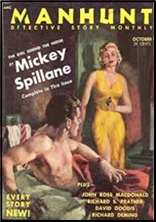
However, maybe you are not a magazine collector and don’t want to fill your house with thousands of pulps, slicks, digests, paperbacks. Maybe you don’t want to drive your non-collecting spouse crazy. Maybe you don’t want to add another hard boiled addiction to your drugs of choice like alcohol, drugs, gambling, chasing women. Then you are in luck because Stark House Press has already reprinted the best Manhunt stories in two volumes titled The Best Of Manhunt and The Best Of Manhunt, Volume Two.
Now we have the third Stark House volume dealing with Manhunt, and it is titled The Manhunt Companion. A great magazine deserves a great companion and fellow book lovers, this is it! Over 400 pages and the price is $19.95. The book starts off with an eight page history of the magazine, including the infamous court case charging Manhunt with being lewd and obscene.
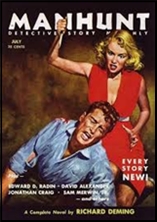
This is followed by almost 300 pages discussing every story in every issue, all 114 issues. Each story is rated on a 4 star system, with the best fiction receiving 3 or 4 stars. The word count is also listed followed by a summary and discussion of each story. At the end of each year, there is a list of the best stories.
Then follows over 100 pages indexing every story, article, and author, including pseudonyms. There also is an alphabetical index by series and a listing of the TV episodes based on Manhunt stories.
If you read or collect Manhunt, this is a must buy. We must support this effort and encourage Stark House. Perhaps Peter Enfantino and Jeff Vorzimmer can be convinced to edit a collection of the Manhunt imitators and another companion, only this time on the other crime fiction magazines!
